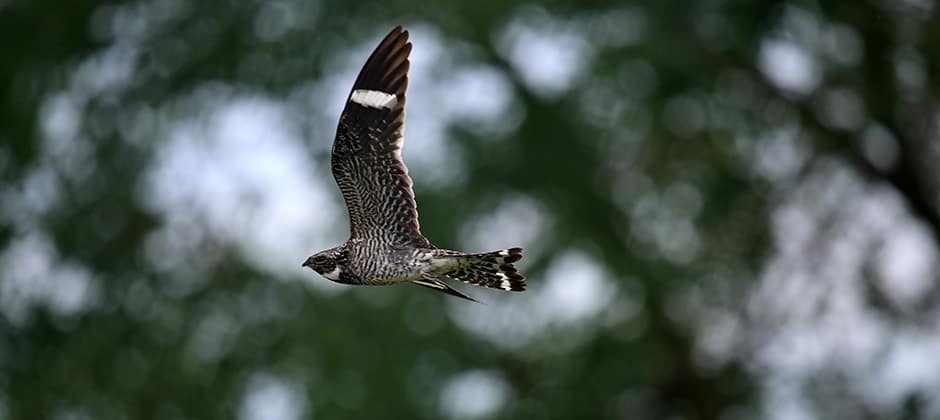Share this article
State of the Birds: ‘In crisis … but recovery is possible’
The 2019 State of the Birds Report concludes that “America’s birds are in crisis” but conservation efforts by state wildlife agencies and others can help recover struggling populations.
The annual report is published by the U.S. Committee of the North American Bird Conservation Initiative, a coalition of 29 federal and state agencies, nonprofits and bird-focused partnerships.
“America’s birds are in crisis … but recovery is possible when we invest in birds,” NABCI announced.
The report comes on the heels of a paper in Science that found that the U.S. and Canada have lost nearly 3 billion birds since 1970. That study “shows massive losses among U.S. bird populations — with steep declines in every habitat,” the State of the Birds Report notes, including a 22% loss of forest birds, a 37% loss of shorebirds and a loss of 53% among grassland birds, include the northern bobwhite (Colinus virginianus), which has declined 78%.
“The pervasive declines among American birdlife spread well beyond the rare and threatened species; it is a crisis for almost all birds everywhere,” the report reads, pointing to losses of once abundant species like meadowlarks, juncos and swallows. “Our common birds are now suffering population losses in the tens of millions — similar to the decline of the passenger pigeon.”
The report emphasizes the successes that conservation measures can have — particularly the role state wildlife agencies can play.
Some of the NGO partners in NABCI released a supplement to the report supporting the Recovering America’s Wildlife Act, a piece of federal legislation proposed to help states fund the conservation of at-risk species.
The Wildlife Society is a member of NABCI and a supporter of the Recovering America’s Wildlife Act.
“Agencies in all 50 states have State Wildlife Action Plans ready to go that will rescue birds and wildlife of greatest conservation need,” the supplement says. “But current funding is not adequate (less than 5% of what is needed) to implement states’ plans to restore wildlife populations.”
The report points to some recent successes, including the conservation of 5.6 million acres of grassland on private lands in the West to benefit the greater sage-grouse (Centrocercus urophasianus), a private partnership to protect landscapes used by cerulean warblers (Setophaga cerulea) in Appalachia, and rebounding wild turkeys (Setophaga cerulea) in Texas.
“Federal and state governments can empower a triumphant recovery — for birds and landscapes — with actions that attack the roots of the problem,” the report says.
Header Image: Common nighthawk populations have declined by 26 million birds since 1970. ©Cuatrok77








